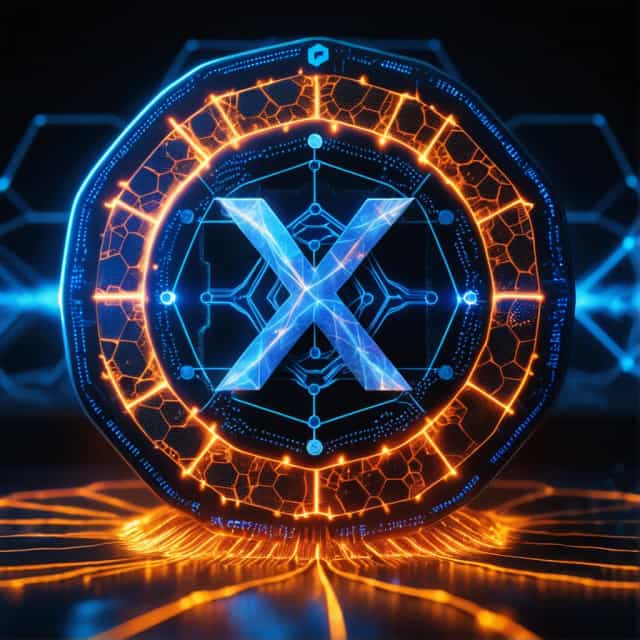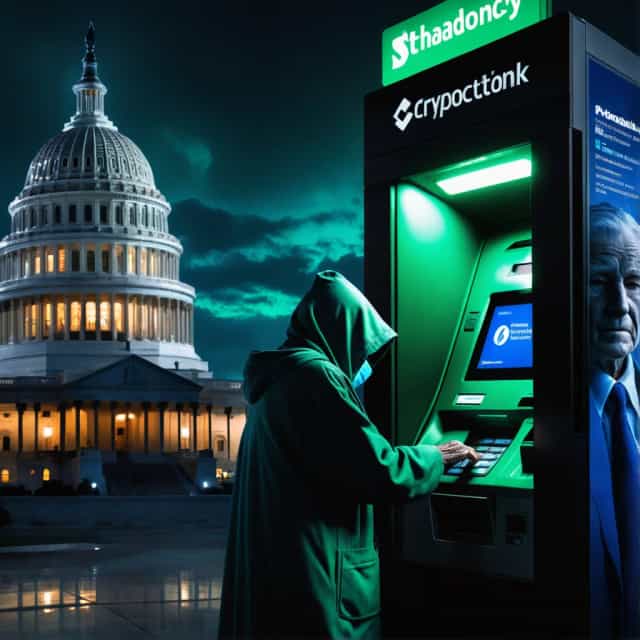
출처: Block Media
Akash Network Introduces Burn-Mint Equilibrium to Revolutionize AKT Tokenomics
Akash Network, the decentralized cloud computing platform powered by its native token AKT, has unveiled a transformative tokenomics model under AEP-76 known as the "Burn-Mint Equilibrium (BME)." This innovative framework seamlessly balances user-friendly, dollar-based pricing with an ecosystem centered around the burning of AKT tokens for all transaction costs. By simultaneously driving demand for AKT and reducing its circulating supply, the BME proposal aims to address long-standing challenges and invigorate the network's growth.
Addressing AKT’s Role Amid the Rise of Stablecoin Payments
Historically, Akash Network utilized AKT as its sole payment method. However, the token’s inherent price volatility created user friction, motivating Akash to introduce stablecoin payment options such as USDC via AEP-23. This shift significantly enhanced network revenue, as users were drawn to the predictable pricing offered by stablecoins.
Yet, this move came with a tradeoff: a reduction in the direct utility of AKT. With fewer transactional demands for the token, concerns about its value retention arose. Staking rewards proved insufficient to maintain sustainable token valuation, leading Akash to develop the BME model as a solution. This new proposal seeks to reestablish AKT as a pivotal component of the network’s financial ecosystem.
How the Burn-Mint Equilibrium (BME) Model Works
The Burn-Mint Equilibrium is an advanced tokenomics framework designed to nurture AKT’s utility while ensuring a smooth user experience. Key features of the BME model include:
Transition to Akash Compute Tokens (ACT)
Under the BME system, users no longer pay directly with stablecoins (e.g., USDC). Instead, payments are made using Akash Compute Tokens (ACT), which are non-transferable credits pegged to the value of $1. This simplifies pricing for users while integrating AKT into every transaction behind the scenes.
Burn-to-Mint Conversion Mechanism
To acquire ACT credits, AKT tokens must be burned. Even for users opting to pay via credit card, the system automatically purchases an equivalent amount of AKT from the open market, burns it, and issues ACT in return. This creates an automatic buy-and-burn mechanism, channeling all network revenue into consistent demand pressure for AKT.
AKT Payments for Service Providers
Service providers delivering computational resources on Akash are paid exclusively in AKT. When users burn ACT credits, those credits convert into AKT at the prevailing rate during the settlement process. Providers are then compensated in these AKT tokens.
This mechanism introduces an adaptive mint-and-burn effect. In scenarios where AKT's market price rises after a user’s ACT purchase but before settlement, fewer AKT tokens are minted to balance the payout. This results in a "Net Burn," reducing AKT’s circulating supply. Conversely, if AKT’s market price falls, a "Net Mint" effect may slightly increase the supply.
Anticipated Benefits: Boosting Demand While Reducing Supply
The BME proposal is engineered to solve key economic challenges while delivering tangible benefits for all ecosystem participants. Expected outcomes include:
- Structural Demand for AKT: As network adoption increases, the corresponding surge in ACT purchases directly drives AKT buy-and-burn activity. This links token demand to the platform's growth.
- Deflationary Dynamics: Sustained network usage combined with long-term AKT price appreciation could lead to continuous Net Burns, potentially transforming AKT into a deflationary asset.
- Reduced Circulating Supply: AKT tied to unused ACT credits is stored in a "BME Vault," effectively locking these tokens out of active market circulation.
- Elimination of Fees: The prior 20% network fee under AEP-23 is removed, allowing the economic infrastructure to pivot entirely around AKT as the foundational asset.
Stability Mechanisms and Mitigating Volatility
To safeguard the system against market instability, the BME model incorporates robust measures. A median pricing system aggregates data from multiple Oracle sources to determine accurate AKT valuations, filtering out anomalies caused by extreme deviations. Additionally, a circuit breaker mechanism protects the network’s integrity by halting ACT issuance if the system's collateralization ratio drops below a specific threshold, ensuring user and provider trust.
Looking Ahead: Community Input and Implementation Phases
Currently in its draft phase, the BME proposal is open for community review and suggestions. Once feedback is incorporated, Akash plans to rigorously test the system in a controlled testnet environment before final deployment to the mainnet. If implemented, this model could significantly strengthen the correlation between Akash Network’s growth trajectory and the value proposition of the AKT token.
By addressing longstanding challenges with innovative solutions, the Burn-Mint Equilibrium model positions Akash Network not only to optimize its tokenomics but also to solidify its role as a leader in decentralized cloud computing.










